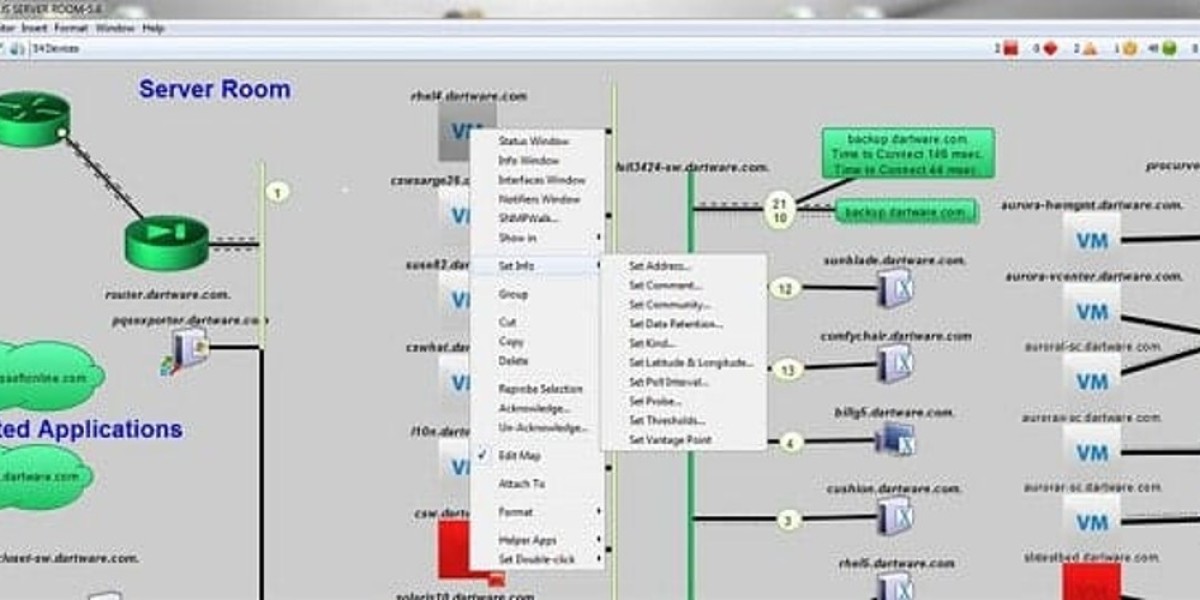Depth Sensing: Powering Perception in the Age of Intelligent Devices
As digital systems evolve from passive tools to intelligent, perceptive machines, depth sensing technology is playing a pivotal role in enabling computers and devices to understand the 3D world. From autonomous vehicles and robotics to smartphones and augmented reality (AR), depth sensing is the cornerstone of real-time spatial awareness.
What is Depth Sensing?
Depth sensing is the process of measuring the distance between a sensor and objects in its field of view. It enables devices to perceive their environment in three dimensions rather than just a flat, 2D representation.
By using different techniques—such as stereo vision, time-of-flight (ToF), structured light, and LiDAR—depth sensors create depth maps that provide spatial information essential for navigation, object detection, gesture recognition, and immersive media experiences.
Key Technologies in Depth Sensing
Stereo Vision: Uses two cameras to simulate human binocular vision and calculate depth based on image disparity.
Time-of-Flight (ToF): Measures the time it takes for a light pulse to bounce off objects and return to the sensor.
Structured Light: Projects a known pattern onto the scene and analyzes its deformation to derive depth.
LiDAR (Light Detection and Ranging): Emits laser beams and measures reflection times to generate high-resolution 3D maps.
Ultrasonic Sensors: Use sound waves for short-range depth detection, commonly in mobile devices and robotics.
Applications of Depth Sensing
Autonomous Vehicles: Real-time 3D mapping and obstacle detection for safe navigation.
Robotics: Enables spatial awareness, object avoidance, and path planning.
Smartphones: Face ID, AR filters, and enhanced photography (bokeh effect).
AR/VR: Realistic environmental interaction in augmented and virtual spaces.
Drones: Terrain mapping and collision avoidance in complex airspaces.
Retail and Smart Stores: Customer tracking and analytics through spatial movement recognition.
Industrial Automation: Depth-guided machine vision for pick-and-place, inspection, and safety.
Benefits of Depth Sensing
Improved Spatial Understanding: Allows machines to "see" and interact with the physical world.
Touchless Interfaces: Facilitates gesture recognition and enhanced user interaction.
Enhanced Safety: Critical in vehicles, drones, and collaborative robots (cobots).
Immersive Experiences: Drives AR/VR content with more realism and precision.
Precision Measurement: Ideal for 3D scanning, construction, and engineering applications.
Challenges in Depth Sensing
Cost and Power Consumption: Especially with high-resolution LiDAR and ToF sensors.
Environmental Sensitivity: Performance can degrade in poor lighting or reflective conditions.
Computational Demand: Depth data processing requires significant processing power.
Privacy Concerns: Depth and motion data may raise concerns in public or sensitive areas.
Future Outlook
Depth sensing is set to become ubiquitous as AI, robotics, and the metaverse evolve. Advancements in sensor miniaturization, accuracy, and fusion with AI will enable:
Smarter IoT devices with real-world context awareness.
Next-gen wearables with spatial understanding.
AI-driven robots that operate safely alongside humans.
Enhanced digital twins and virtual simulations for industry and urban planning.
Conclusion
Depth sensing is not just a technical feature—it's a transformative capability. By bringing depth to digital vision, it empowers machines with perception, making them safer, smarter, and more interactive. As industries embrace automation, immersive media, and intelligent environments, depth sensing will be at the core of the next wave of technological innovation.
Read More








